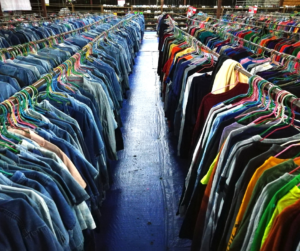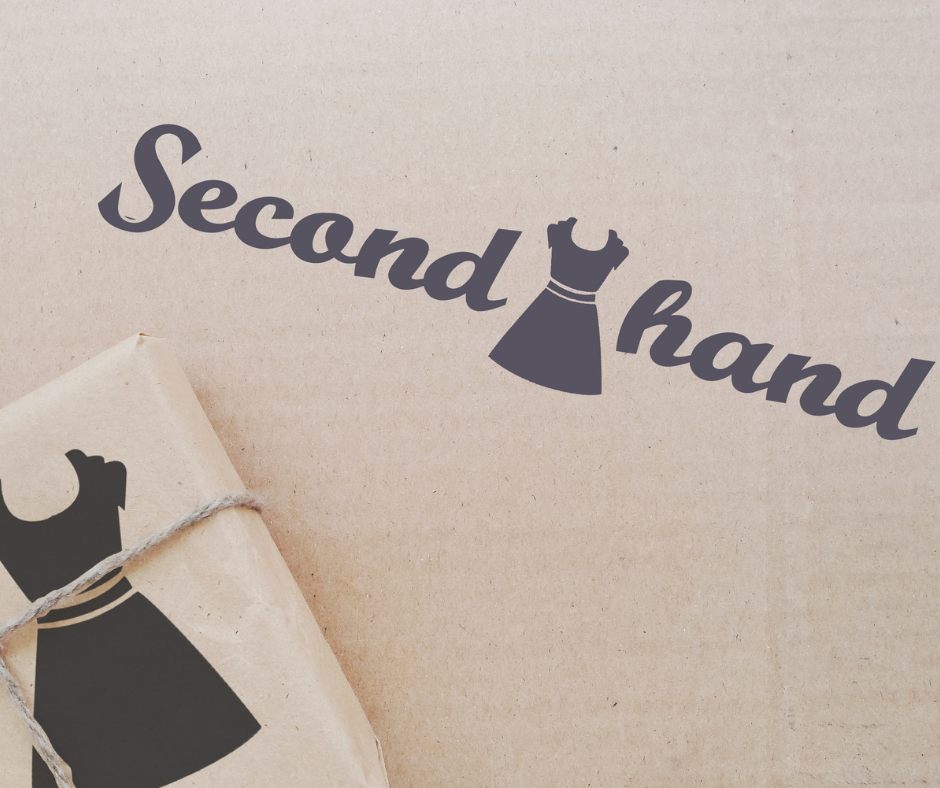Secondhand Clothes: A Sustainable Fashion Choice for a Greener Planet

When it comes to fashion, one of the most environmentally-friendly choices you can make is to embrace secondhand clothing. In a world that is increasingly aware of its impact on the environment, sustainable choices are becoming more crucial than ever. Not only does it reduce waste, but it also helps combat the harmful effects of the fast fashion industry.
In this blog post, we’ll explore why used clothes are an eco-friendly choice and how they can contribute to a greener planet.
1. Reducing Textile Waste
The fashion industry is notorious for its waste production, with tons of clothing ending up in landfills every year. Used clothing helps combat this issue by giving garments a second lease on life. When you purchase secondhand, you’re diverting items from landfills and extending their usefulness. This not only reduces textile waste but also decreases the demand for new clothing production, which is often resource-intensive and polluting.
2. Lowering Carbon Footprint
The production of new clothing involves a significant carbon footprint, from the cultivation of raw materials to the manufacturing process and transportation. Choosing used clothes means you’re not contributing to the emissions associated with the creation of new garments. You’re essentially recycling fashion, which is a far more eco-friendly alternative.
3. Conserving Resources
The fashion industry is a major consumer of resources like water, energy, and chemicals. When you buy secondhand, you’re helping to conserve these valuable resources. The water saved from not producing new clothing and the energy saved from not running factories can make a considerable impact on the environment. Additionally, the toxic chemicals used in textile production, such as dyes and finishing agents, are not released into the environment through secondhand purchases.
4. Supporting a Circular Economy through secondhand
Used clothing plays a crucial role in promoting a circular economy. In a linear economy, products are created, used, and then discarded. However, in a circular economy, products are designed to be reused and recycled, reducing the need for constant production of new items. By buying and wearing secondhand clothes, you’re actively participating in this sustainable model, encouraging others to do the same.
5. Unique Style and Quality
Aside from the environmental benefits, shopping for used clothing can be a rewarding experience. You’re more likely to find unique, high-quality items that have stood the test of time. Vintage and secondhand pieces often have a charm and character that new clothing lacks. Plus, you can enjoy these items at a fraction of the price of new, high-end brands.
6. Encouraging Ethical Consumption
The demand for secondhand clothing sends a powerful message to the fashion industry. It signals that consumers value ethical and sustainable choices. As more people embrace secondhand fashion, it puts pressure on brands to adopt more sustainable practices, from sourcing materials responsibly to improving working conditions in factories.
Secondhand clothing is a sustainable and environmentally-conscious choice that can have a significant impact on our planet. By reducing waste, lowering carbon footprints, conserving resources, and supporting a circular economy, individuals who choose secondhand fashion are making a positive difference. So, the next time you’re looking to update your wardrobe, consider exploring secondhand stores, thrift shops, and online marketplaces to contribute to a greener and more sustainable future for fashion.
Your choices today can shape a more eco-friendly tomorrow.

